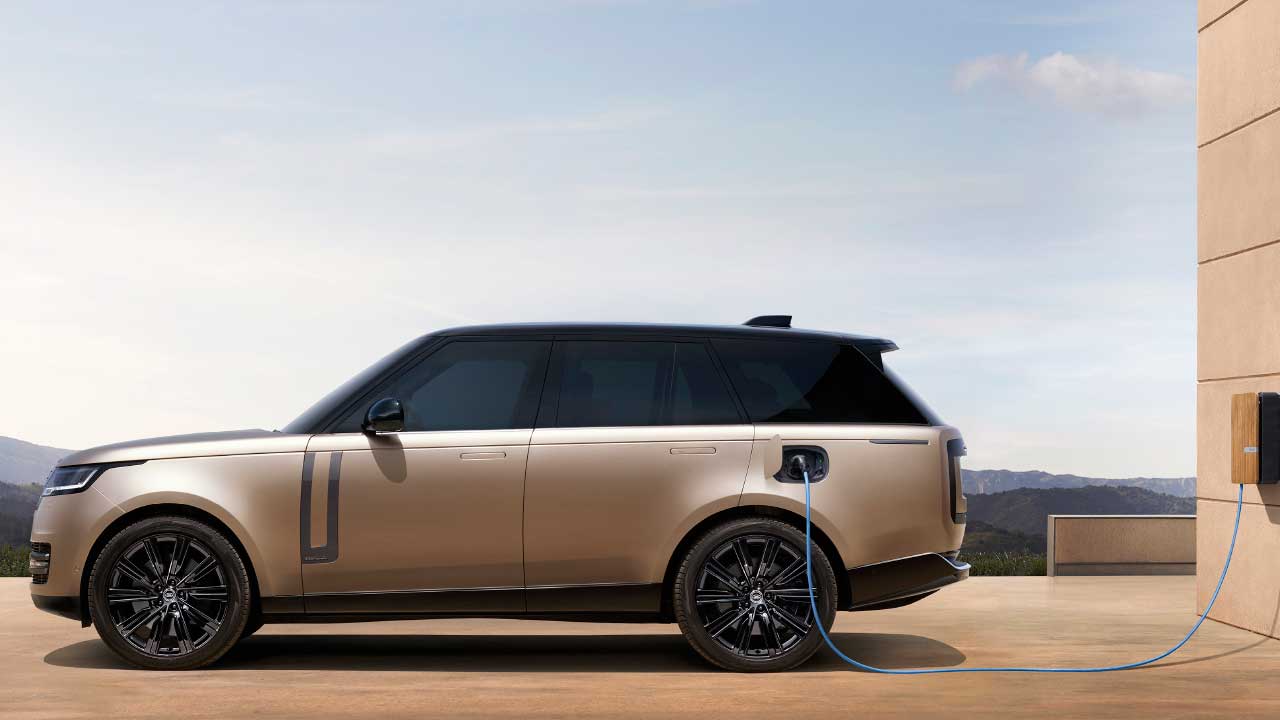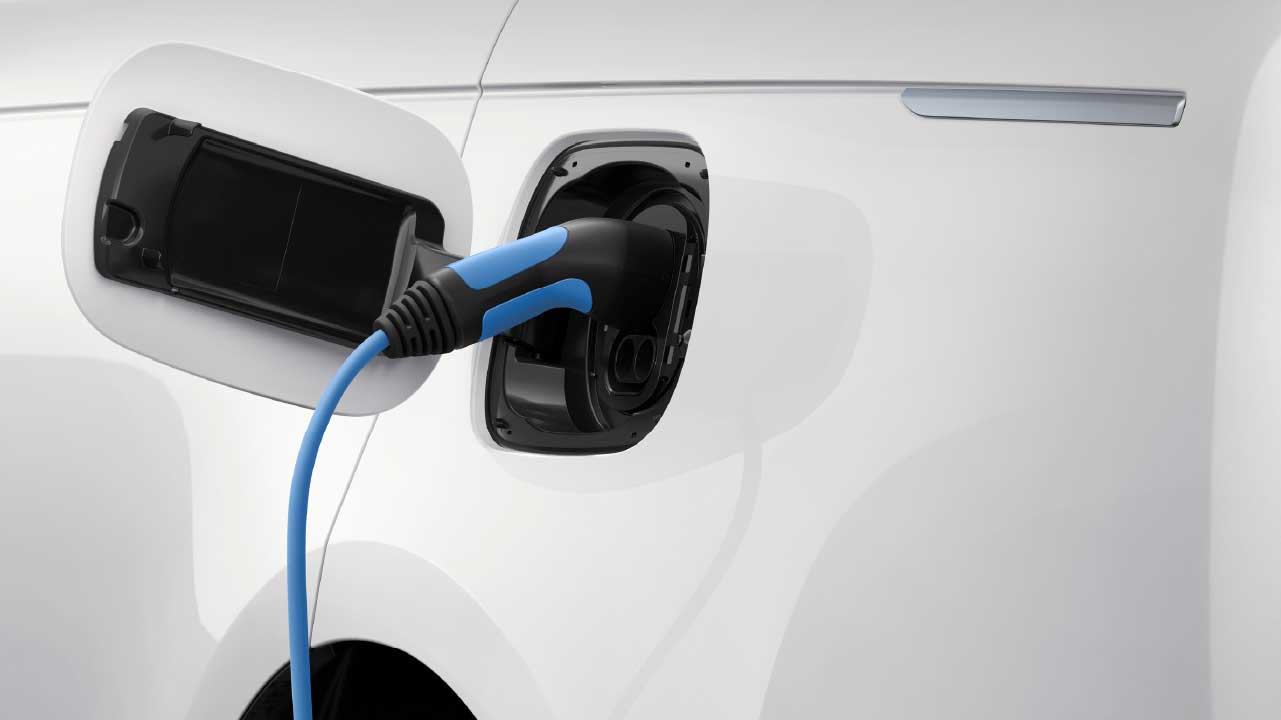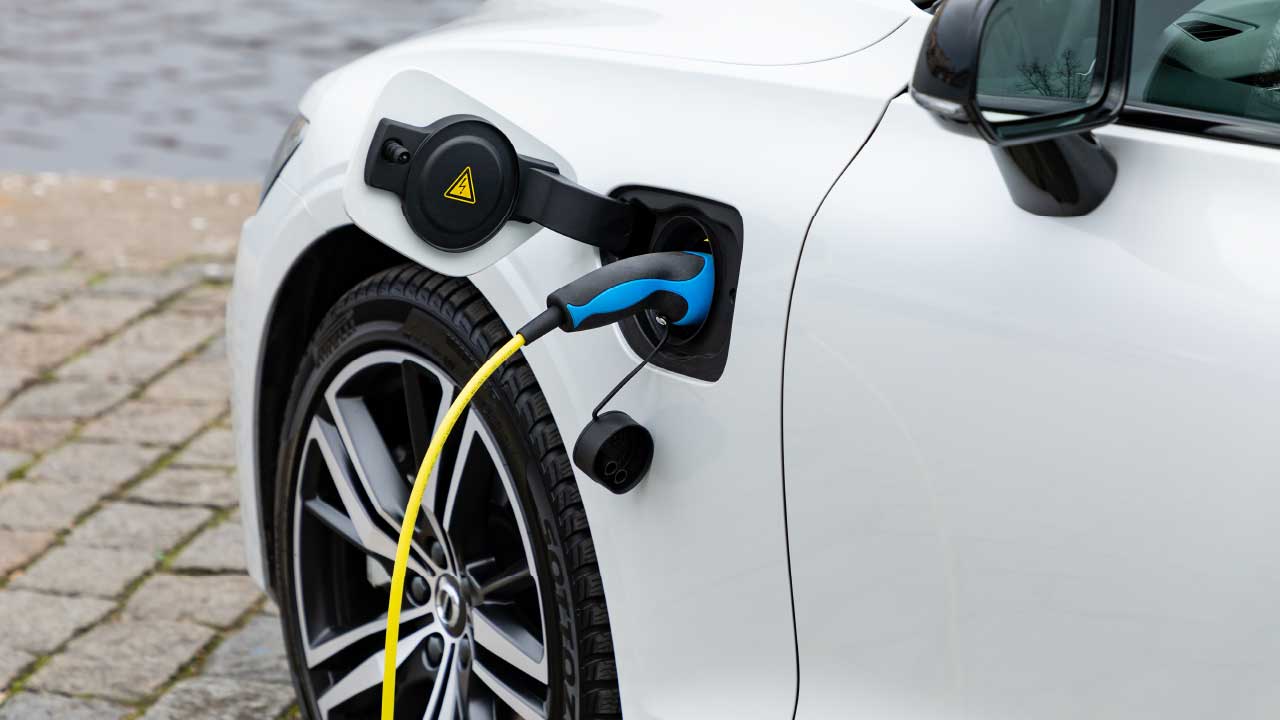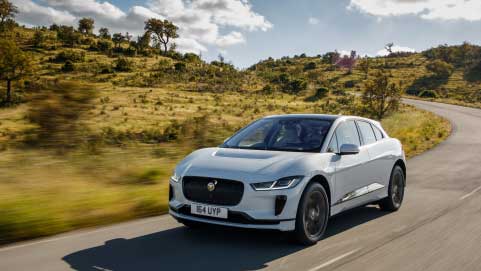Maximise your EV
Driving efficiently not only reduces emissions, but can save money on fuel and improves road safety. From a fleet perspective, effective fuel management and driver training can help reduce fleet fuel costs and assist with duty of care requirements for drivers. Here we have gathered together a number of useful tips for driving efficiently, getting the most out of your electric vehicles and their range.
- Plan efficient journeys
- Take your time
- Avoid harsh acceleration
- Braking best practice
- Keep battery charge between 20 and 80 percent
- Consider when to use the heating and air conditioning
- Keep an eye on the weather forecast
- Stay on top of vehicle maintenance
- Understanding the vehicle's eco-mode or features
- Fleet considerations
- Tackling range anxiety
Plan Efficient Journeys
Planning your journeys and ensuring drivers know where there may be able to access the public charging network will help alleviate range anxiety and make journeys more efficient.
For many fleets, certain driving destinations tend to repeat themselves so encourage drivers who take long trips (on A-roads and motorways) to check ahead for alternative routes, providing this does not have a negative impact on operational efficiency.
Take Your Time
Driving regularly at high speeds for long durations can use larger amounts of energy, requiring more frequent charging. Taking slower roads, where possible, can help reduce unnecessary load on the battery.
Avoid Harsh Acceleration
Anticipating the road ahead can go a long way to ensuring you are driving efficiently. It is also a good idea not to rush around too often when possible. Harsh acceleration could take a toll on an EV’s range and battery health, as well as reducing efficiency and range.
Braking Best Practice
Regenerative braking is a key feature in EVs, taking kinetic energy from the motion of the car and converting it into electricity. To make the most of this feature, drivers should try to relax their feet on the accelerator rather than braking. The electric motor will act as a generator, creating reverse torque to the front wheels, slowing the car down.
Using this technique not only reduces the load on the battery in an EV, but drivers can also save energy by recapturing up to 10 percent in normal conditions and 30 percent going downhill.
Keep battery charge between 20 and 80 percent
There are certain things you can do to prolong range and good battery health. For example, constantly topping up electric vehicles to keep them fully charged can actually damage them. It is better to let the capacity run down to 10 or 20 percent, then recharge to around 80 percent. For optimal performance, encourage drivers to ensure they have somewhere between 20 and 80 percent charge most of the time, and that they resist the urge to charge to 100 percent, unless they are heading on a long road trip.
Consider when to use the heating and air conditioning, i.e. pre-heating the car
For passenger warmth, a top tip is to forgo heating fans and instead default to using heated seats or steering wheels instead. This directly warms the driver and any passengers, which is far more efficient than trying to heat the whole passenger cabin.
Keep an eye on the weather forecast
Much like traditional car engines, some climate conditions are more optimum than others for getting maximum efficiency. Batteries expend more energy in cold weather, for example, with more resources going to warming up the battery and the passenger cabin. While this will not stop an EV performing well in most weather conditions, drivers might notice a range reduction in freezing temperatures.
To maximise efficiency, drivers should try to pre-condition their EV battery before driving on a cold morning. By running the motor for a short amount of time before starting their journey, they will ensure the battery and EV are running efficiently despite the surrounding air temperature.
Stay on top of vehicle maintenance
EVs are generally light with their maintenance demands. However, things like tire inflation, checking fluid levels and replacing air filters can extend a battery’s range by several miles per charge. Fleets can use vehicle data to optimize maintenance schedules and keep each car in optimal shape during use.
Understanding the vehicle’s eco-mode or features
Nearly all modern electric vehicles allow you to alter their performance to match your driving needs with a quick push of a button. Some modes increase performance at a cost to battery range. Others allow you to maximise range at the expense of acceleration or by tuning the regenerative braking more aggressively to recapture energy. Using these modes as much as possible can help extend range.
Fleet Considerations
All of the above also applies to fleet vehicles and fleet drivers. However, from a fleet perspective, there are additional things worth thinking about when trying to reduce and improve issues connected to an EV’s range and employees range anxiety.
- Workplace charging units where employees can charge their vehicles whilst in the office and/or the fleet can be charged during employee changeovers and overnight.
- Fuel management including data capture on fuel use, targets, and incentives for drivers and driver training on efficient driving with EV’s and hybrids.
- Use of plug-in hybrids (PHEV) within the fleet for those employees who are on the road regularly travelling long distances.
- Incentives for employees to encourage them into low emission vehicles.
- Daily or long-term rental hire options for those few occasions when a long journey is needed.
Tackling Range Anxiety
Range anxiety is the fear that a vehicle has insufficient battery range to reach its destination. Stranding the driver, causing additional costs and increased vehicle downtime. This term is primarily concerned with battery electric vehicles (BEVs) and has been attributed to the slow adoption rates of EV’s for both private individuals and businesses.








